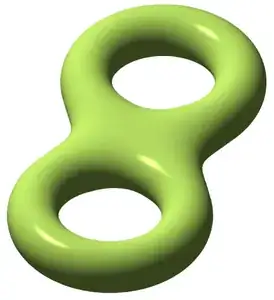To understand what topology is about, maybe it is useful to look at a few concrete examples.
For example, take the set $\mathbb R$ of real numbers, the two-dimensional set $\mathbb R^2$, and the set of non-integer numbers, $\mathbb R\setminus\mathbb Z$.
Now if we look at them just with the eye of set theory, they are pretty much the same: All three have the same number of elements, and you can easily take bijections between any of them.
However we know that those three sets are very different to each other. The set of non-integer numbers has infinitely many "gaps" in it, and $\mathbb R^2$ is of a completely different dimension.
If you look closer, the reason why pure set theory doesn't “see” the difference is that set theory looks at the elements “in isolation”. But the three sets differ in how those points are related to each other. That is, there's more structure in there than just the sets.
Now you might think the extra structure might be the distance, or as it is called in mathematics, the metric, and you wouldn't be entirely wrong, because the metric indeed fixes those things. But in a sense, it already tells us more than we need. For example in the case of $\mathbb R\setminus\mathbb Z$, the metric tells us that the half-integer numbers are very special because they lie exactly in the middle of the gaps. But for the character of those points that is completely irrelevant; the surrounding of a point slightly left or slightly right of that doesn't really look different.
Another related concept is that of a continuous function, that is, intuitively, a function where a sufficient small error in the input doesn't make a big difference in the output. Again, the metric actually gives us too much information, as we are (at this point) not really interested in how much it changes, just that this change can be made arbitrary small.
Topology now is the minimal additional structure you have to add to a set to make sense of all these concepts. The fundamental additional concept is the open set, which roughly speaking is a set where a sufficiently small error will not get you out of the set. This gives some basic notion of “nearness” without the need to quantify that nearness.





